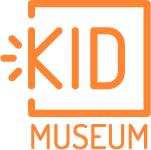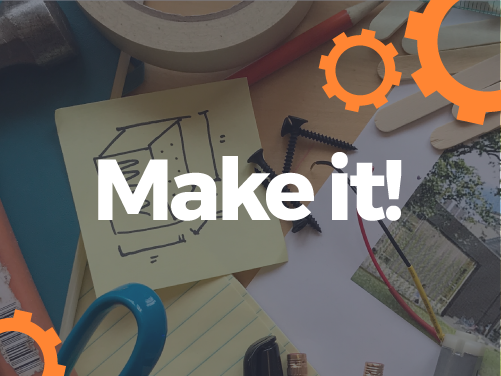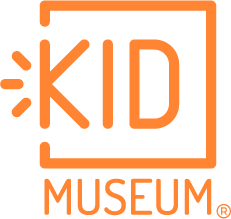Let’s make the most of staying at home.
Welcome to Make it!
Ready for a challenge? So are we! Join the KID Museum Educators as they take on engineering, movie-making, and digital sculpting. Check out our new selection of Make it! Live workshops and classes, and get inspired.
Also this week, we’re launching Make it! Summer Camp. We know how important it is for kids to have fun this summer — and our line-up of creative, engaging camps are all about fun. Virtual Wizarding, Space Engineers, Wacky Inventions… we’ve got you covered.
This week’s Make it! DIY takes us to outer space, with five space-themed activities you can do on your own. Make a planetarium projector, a DIY rover, and a baking soda rocket — lift-off!
Don’t forget to post your creations (#makeit) and tag us so we can share them with our KID Museum friends.
Ready. Set. Make it!
P.S. Don’t forget to sign up for our newsletter to get Make it! delivered to your inbox every week.





